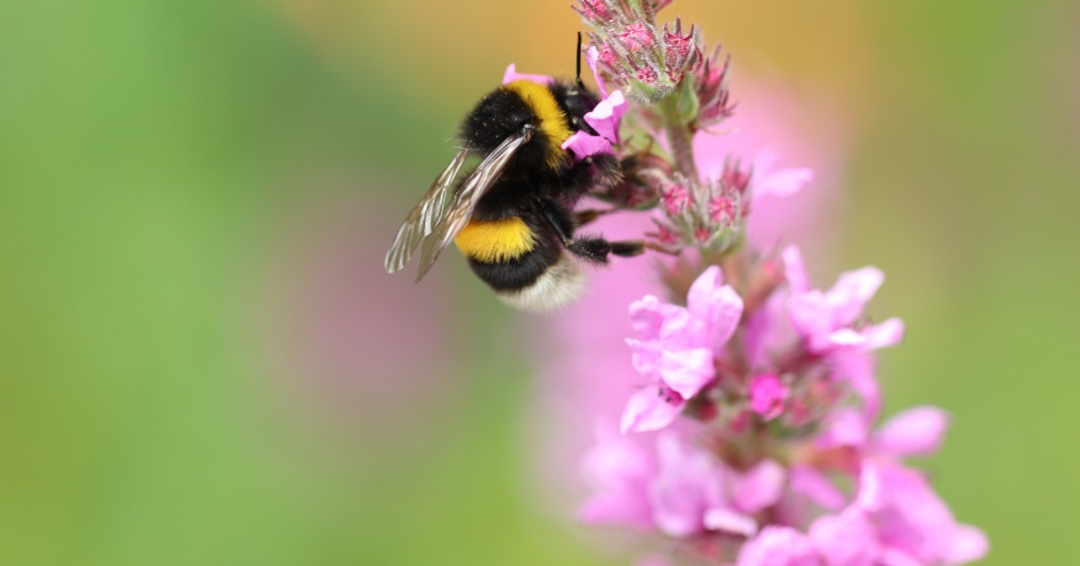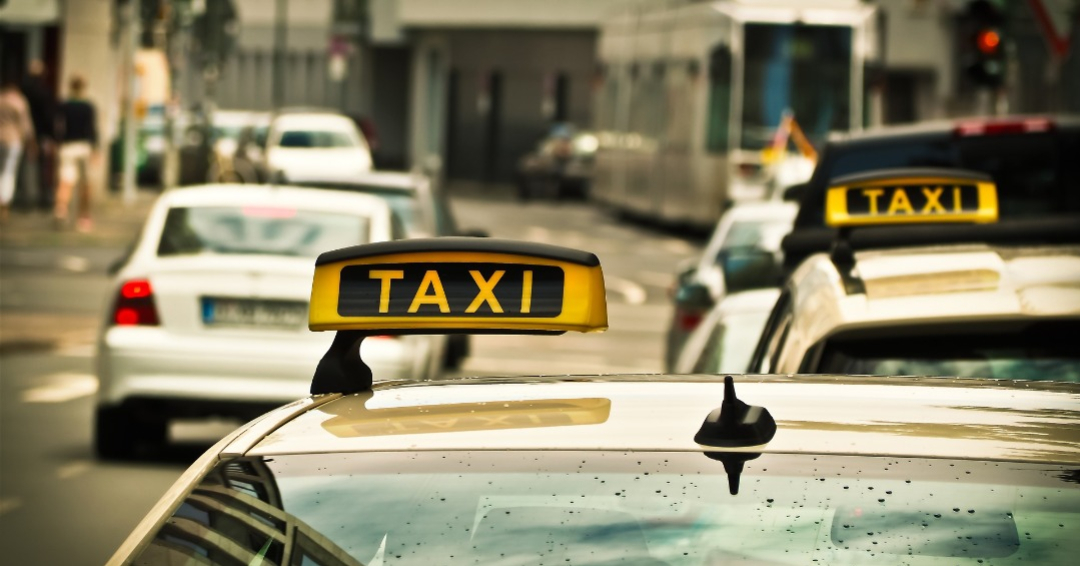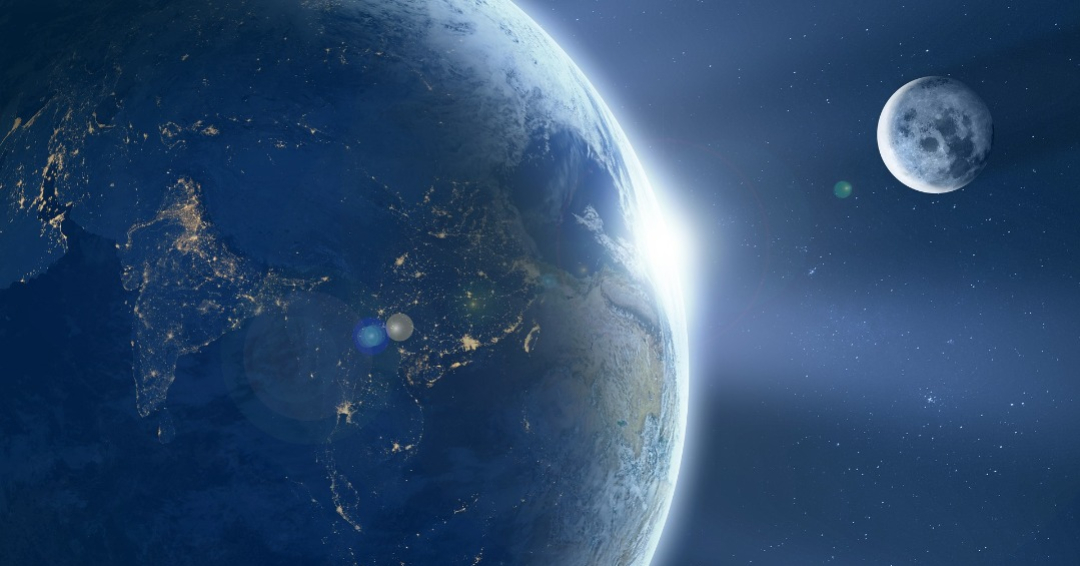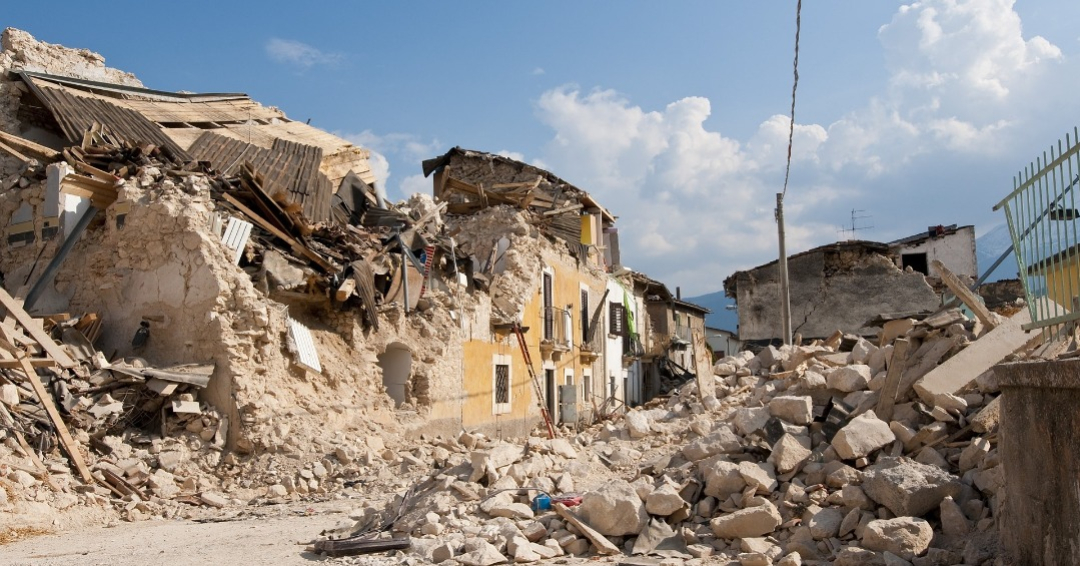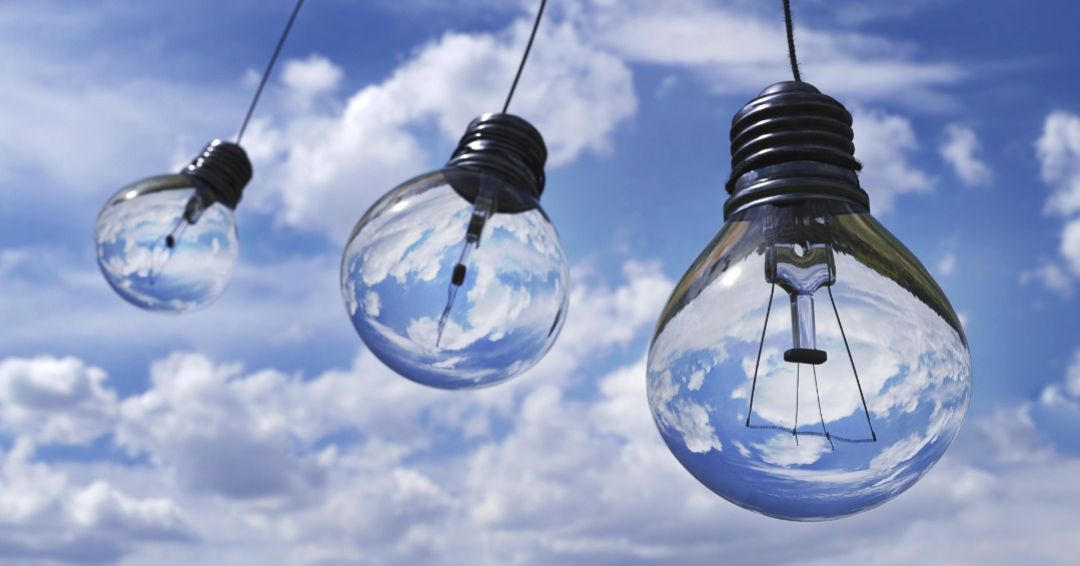Net Zero powered by Pur și Simplu Verde provides concise news, articles, and useful information about the goal of achieving net zero emissions
Net zero refers to reaching an equilibrium between emitting greenhouse gases and absorbing them. The European Union wants to reach net zero (climate neutrality) by 2050. This website publishes new scientific discoveries, local and foreign initiatives, and public policies meant to bring us closer to net zero. It was created combining Artificial Intelligence and human input from our volunteers. It is accessible in both Romanian and in English.You can send us articles you want to see published on this site or suggestions here. Enjoy!
Bumble bees populations are in steep decline (up to 75% in some places),due to pesticides, habitat loss, light pollution, and parasites. Now, it would appear that global warming is also taking a toll on this irreplaceable pollinator. In the USA alone, around half of the 45 bumble bee species are affected. The disappearance of bumble bees can lead to disruption of entire ecosystems and reduced crop pollination. Eric Riddell, a global change biologist at Iowa State University, studied individuals from two local bumble bee species : the black and gold bumblebee-Bombus auricomus and the common eastern bumble bee-Bombus impatiens to understand how climate change affects them. He kept them in lab conditions and increased the temperature from 18°C to 30°C. He found that, when the temperature was raised, the black and gold bumble bees ...
Americans are obsessed with big vehicles. Last year, the top three best-selling vehicles were trucks. Most buyers don't need these large vehicles and use them as luxury items and symbols of possibility, rather than to tow things. In an effort to follow the worldwide zero emissions trend and to cater to their customers’ love for big vehicles ,car companies are creating electric versions of their huge bestsellers. The bigger the electric vehicle, the larger the battery it requires. Lithium demand for the batteries could increase 40-fold by 2040, requiring 300 new mines to meet the industry demand. Building a ...
Researchers have been trying to find ways to remove carbon dioxide from the atmosphere, but more should be done for the ocean, which absorbs 30-40% of the harmful gas. Actually, the concentration of carbon dioxide in seawater is more than 100 times greater than it is in air. MIT researchers have developed a new method of cheaply and efficiently capturing CO2 from the ocean. The findings were first published in the journal Energy and Environmental Science. First, water is acidified in a set of membrane free electromagnetic cells in order to convert dissolved inorganic bicarbonates to molecular carbon dioxide (gas) which is collected via vacuum. Next, the water is fed to a second set of electromagnetic cells with a reversed...
Can the world feasibly switch to all-nuclear power generation? Or can we hope for more solutions from solar energy? Which is more effective to counter to global warming? The total world energy usage (coal+ oil+ hydroelectric+ nuclear+ renewable) in 2015 was 17.3 Terawatts of continuous power. According to Professor Mehran Moalem, PhD, UC Berkeley, solar panels covering an area of 335 kilometers by 335 kilometers could provide more than 17.4 Terawatts of power - enough to cover the world's energy needs for a year. If such a solar park is installed in the Saharan desert, its surface would represent only 1.2% of the area. Its cost is estimated at around five trillion dollars. This is equivalent to 1/4 of US national debt ...
Hamburg is the first German city that will ban new registrations of combustion engine taxis from 2025. The city has already started to electrify its taxi fleet in 2021, with more than 350 electric taxis already in use (12 percent of the fleet).If the entire taxi fleet switches to to emission-free vehicles, it will save 25,000 tonnes of CO2 emissions per year. Now, 25 of the city's taxis are powered by hydrogen fuel cells. The EU has agreed to end combustion engine sales by 2035, but some places like Ireland, the Netherlands and Sweden, plan to phase them out by 2030. Germany is hesitant due to its car industry, which still largely relies on ...
For decades, scientists have considered using screens or other objects to block 1-2% of the sun's radiation in order to help fight global warming. A study led by the Center for Astrophysics -Harvard & Smithsonian and the University of Utah proposes putting a moon dust shield between the Earth and the sun. The idea the team of astronomers came up with was inspired by their research on planet formation. Two scenarios were analyzed in computer simulations. In the first scenario, the authors proposed to create shade by launching dust from a space station platform positioned at L1 Lagrange Point (the closest point between Earth and the sun where the gravitational forces are balanced). They found that the dust would be easily blown off course, so an endless supply of new batches...
Climate change is impacting global coffee yields, as changing temperatures and rainfall patterns affect plants and make them more vulnerable to disease. The "coffee leaf rust" fungal disease has spread across the world , causing major damage in all commercial coffee growing countries. As an example, a coffee rust outbreak in Central America during the 2011-2012 harvest season affected 70% of farms, leading to over 1.7m lost jobs...
The NGO GENSED (Turkish Solar Energy Industry Association) in partnership with the Energy Investors Association should obtain up to 12,000 solar panels with a capacity of 400-500 watts in order to meet the electricity needs of temporary shelters for victims of the earthquake in Turkey. GENSED’s General Secretary Harkan Erkan has announced an initial delivery of 4,000 solar panels to power 1,000 containers (four panels per shelter). The panels will be used to provide lighting, partial heating, telephone chargers, and refrigerators. Inverters and batteries will also be provided for each set of three to four solar panels. The Turkish aid organization Ahbap Association funded the initial 4,000 panels while other panel and equipment costs were…
According to an International Energy Agency (IEA) electricity market report, renewables combined with nuclear power will more than cover global electricity demand growth between 2022 and 2025. This will cause global power-sector carbon dioxide emissions to plateau. The IEA predicts that global electricity demand will rebound strongly in 2023, adding another 2,500 terawatt hours (TWh) of demand in the next three years. In fact, by 2025 Asia will account for more than half of global electricity demand, with China alone accounting for a third of it. This is a dramatic increase from 1990 and 2015 figures, when China accounted for only 5% and 25% respectively. A surge in nuclear generation is expected, driven by China, India, France and Japan, with a 302...
Both climate change and biodiversity loss, through habitat destruction, lead to more frequent contact and conflict between humans and wildlife, and increase the risk of animal diseases being transmitted from animals to humans. Humans and vertebrate animals can pass harmful pathogens between one another in a process known as "zoonosis". In the past, this has caused serious diseases such as Ebola, Marburg, Hendra virus, SARS, Nipah virus, HIV/AIDS and swine flu. It is believed that the Covid-19 pandemic was also most likely caused by a spillover. 75% of land surface and 66% of the global ocean has been significantly altered by humans, leading to one million species being threatened by extinction within decades. A 2017 study on 40.000 species found…


